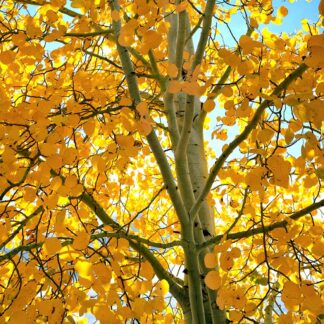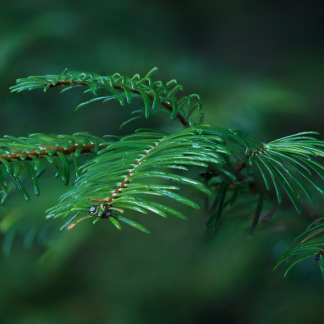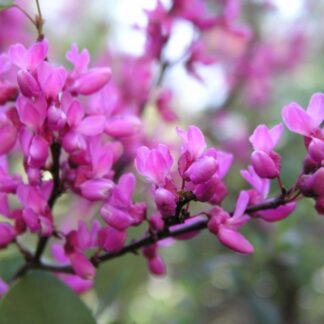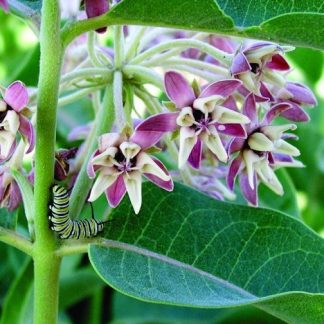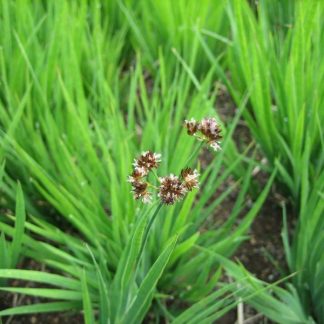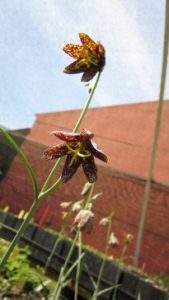
We love Fritillarias! Especially this one, because of it’s modest beauty and easy temperament. We sell this species in containers throughout the year and as bulbs starting in the fall. If planting bulbs, it is best to plant this time of year, although they can overwinter in cold storage until the time of planting before summer warmth sets in.
Checker lily or sometimes called chocolate lily begin rising from the soil near the end of winter and can reach over 2 ft. (60 cm.) tall. The leaves on flower producing individuals are linear and slender in slight whorls climbing the flower stalk. These leaves differ greatly from the large basal leaves of the plants that aren’t mature enough to produce flowers. Flowers open between April and May. The mottled maroon/yellow tepals nod elegantly, until after pollination when the fruit begins to form, straightening out the flower stalk.
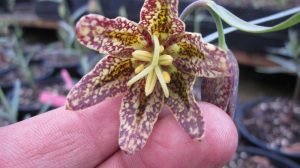
The coloring of the tepals of Fritillaria affinis can vary depending on sunlight, moisture, and elevation. The Oregon Flora Project has a great site with photos exihibiting the variation of the “checkered” flowers.
Fritillaria affinis is also sometimes called, “rice root fritillary”, referring to it’s nature to reproduce vegetatively through bulbs and many bulblets, which look similar to fat grains of rice. The indigenous people, native to the regions where checker lily occurs, consumed the bulbs as an important starch in their diet. They would dig the bulbs in the early spring before they started to produce leaves or in the fall after the return to dormancy.
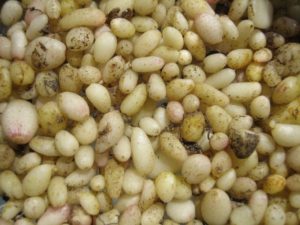
We will begin digging Fritillaria affinis bulbs in the next two weeks, contact us to place your order.

